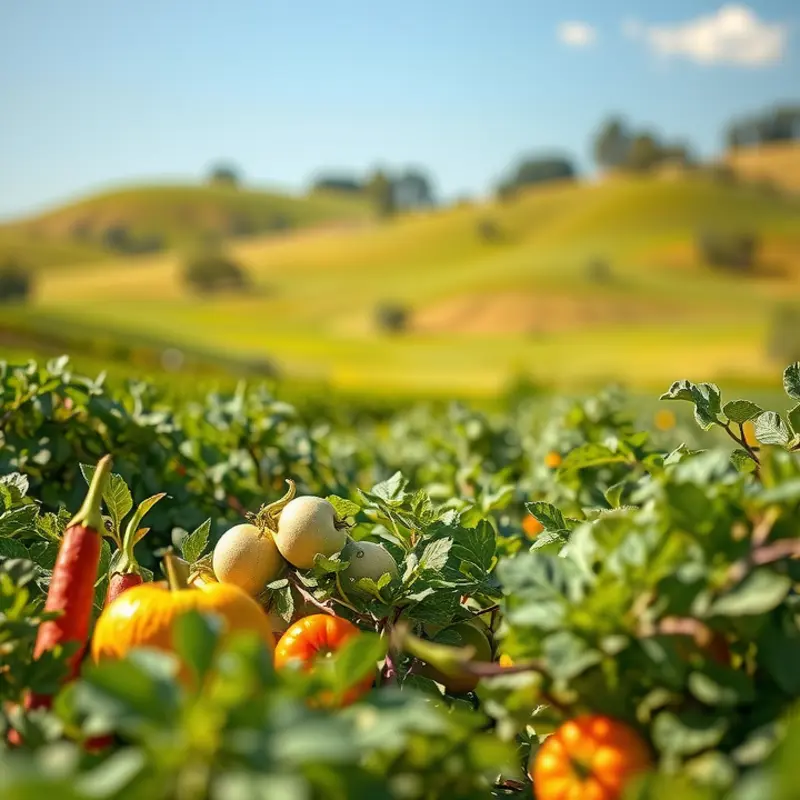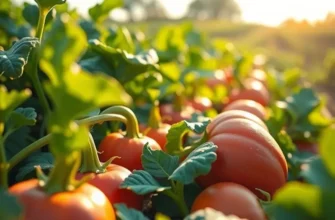The Eco-Atkins diet merges low-carb principles with plant-based nutrition, catering to those who seek a healthier, sustainable lifestyle. It emphasizes reducing carbohydrate intake while increasing the consumption of plant-based proteins and healthy fats. As dietary trends evolve, many are curious about how this eco-friendly approach to eating can benefit both personal health and the environment.
Understanding Eco-Atkins: The Basics

The Eco-Atkins diet is a plant-based twist on the traditional low-carb Atkins approach. It emphasizes sustainable and heart-healthy eating without compromising environmental ethics. Unlike the traditional Atkins diet, which relies heavily on animal protein, Eco-Atkins focuses on protein and fat sources derived from plants.
The core principles of Eco-Atkins revolve around reducing carbohydrate intake while ensuring the nutritional adequacy through alternative sources. The diet encourages consumption of quality plant proteins such as lentils, quinoa, tofu, and beans. Healthy fats from nuts, seeds, and avocados play a significant role. This shift not only caters to ethical plant-based eating but also aligns with environmental conservation efforts by minimizing the carbon footprint associated with meat production.
What are the core food groups of the Eco-Atkins diet?
-
Plant Proteins: Lentils, beans, and soy products like tofu and tempeh. These offer satiety without the need for meat.
-
Healthy Fats: Avocados, olives, nuts, and seeds. They provide essential fatty acids needed for heart health.
-
Low-Carb Vegetables: Leafy greens, zucchini, and broccoli to provide fiber, vitamins, and minerals.
-
Whole Grains: Limited but essential; options like quinoa and buckwheat are included for their protein content.
Benefits of the Eco-Atkins Diet
Switching to Eco-Atkins yields multiple health benefits. It has been associated with improved cholesterol levels, thanks to its emphasis on healthy fats and fibers. Additionally, it supports weight management, fosters satiety, and reduces risks associated with red meat consumption, such as heart disease. Environmentally, it presents a more sustainable dietary model, with a lower carbon footprint compared to traditional meat-heavy, low-carb plans.
Practical Approaches to Eco-Atkins
Adopting Eco-Atkins involves mindful planning and ingredient sourcing. Ensuring a variety of foods prevents dietary monotony and nutritional gaps. For help in meal planning and improving efficiency in the kitchen, consider practical ingredient batching strategies, such as those discussed here. This method streamlines food preparation while maintaining dietary variety and adherence to dietary goals.
The Eco-Atkins diet leverages plant-based principles to meet the demands of a low-carb lifestyle intelligently. It’s not just about cutting carbs but choosing better alternatives for both health and the planet. By incorporating diverse plant proteins and avoiding reliance on animal proteins, it effectively bridges the gap between personal health objectives and broader environmental ethics.
Practical Tips for Following Eco-Atkins

Incorporating the Eco-Atkins diet into your lifestyle is both rewarding and manageable when approached thoughtfully. This sustainable low-carb plan emphasizes plant-based proteins, healthy fats, and low-carb vegetables, offering an excellent path for eco-conscious eaters. Here are practical tips to optimize your experience on the Eco-Atkins diet, covering meal planning, preparation, and overcoming common challenges.
Focus on Protein-Rich Plants
A successful Eco-Atkins diet relies on sufficient protein intake from plant sources. Prioritize legumes like lentils and chickpeas, as well as tofu, tempeh, and seitan. These foods provide high-quality protein without the environmental impact of animal farming. Additionally, nuts and seeds like almonds, walnuts, and chia are excellent for snacking or adding to meals for an extra protein boost.
Embrace Healthy Fats
While reducing carbs, it’s crucial to include healthy fats to maintain energy levels. Avocados, olives, and coconut oil are excellent choices. Utilize various vegetable oils such as olive oil and flaxseed oil, which are rich in omega-3 fatty acids vital for heart health. If you find sourcing these oils challenging, consider exploring our guide on non-dairy probiotics to enhance your pantry.
Prioritize Fresh, Seasonal Vegetables
Your menu should center around nutrient-dense, low-carb vegetables like leafy greens, broccoli, cauliflower, and zucchini. Incorporating a variety of colors ensures you get a range of nutrients and antioxidants. Opt for organic produce whenever possible to minimize exposure to pesticides and support sustainable farming practices.
Plan and Prepare Meals in Advance
Effective meal planning can significantly enhance adherence to the Eco-Atkins diet. Select a few recipes at the start of the week and prepare them in bulk. Batch cooking legumes and grains like quinoa can be time-saving. Utilize airtight containers for meal portions to ensure freshness and minimize food waste. Check out tips on minimal prep dinner ideas for inspiration.
Overcome Common Challenges
Transitioning to any new diet might present hurdles such as cravings and nutrient deficiencies. To manage potential cravings, always have high-protein and healthy fat snacks on hand. Ensure your diet is well-rounded by incorporating a variety of foods to cover your nutritional bases. Supplements can also support initial adjustments until you learn to balance meals effectively.
Stay Mindful and Flexible
Remaining flexible and mindful about your dietary choices increases the likelihood of long-term success. If dining out, select restaurants that offer customizable options or plant-based dishes. This adaptability ensures you can maintain your diet without feeling restricted.
The Eco-Atkins diet is not just about what you eat but how you approach sustainable and mindful eating. With these practical tips, you’ll find this eco-friendly diet plan seamlessly integrates into your lifestyle, allowing you to enjoy diverse meals while supporting both personal health and the environment.
Final words
The Eco-Atkins diet stands out as a practical and sustainable diet option that balances personal health with environmental consciousness. By focusing on low-carb, plant-based nutrition, individuals can promote weight loss, enhance their nutrient intake, and reduce their carbon footprint. With straightforward meal prep strategies and a clear understanding of what this diet entails, anyone can integrate Eco-Atkins into their daily lives. By making sustainable food choices, you’re not only investing in your health but also contributing to a healthier planet.








